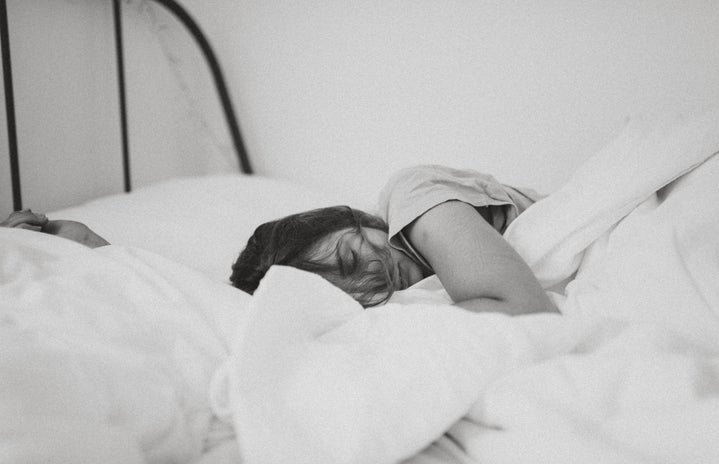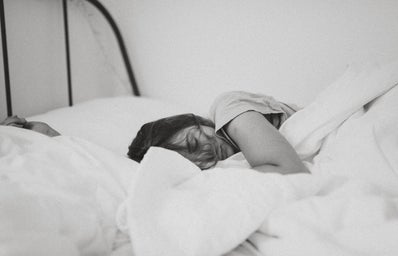March 15th is World Sleep Day, so let’s talk about America’s second favorite past time: sleep!
First, did you know that UT Austin has a map that designates the best places to catch a nap on campus? According to the napping page for University Health Services, “Each location was rated by student volunteers. All categories are scored on a scale from 1 to 5 with 1 being the lowest and 5 being the highest.” Large Nap Map:
Bonus Tip: Visit the MindBody Labs on campus for a great place to sleep utilizing clinically proven tools!
Of course, what’s sleeping without a good pillow? Depending on the way you sleep, you might need a more firm pillow or something squishy! However, how do you know which pillow is best? Check out this article by the Sleep Foundation on how to choose the best pillow for yourself!
Okay, so what’s the best temperature to set your thermostat at for the best sleep? According to Sleep.org, “In general, the suggested bedroom temperature should be between 60 and 67 degrees Fahrenheit for optimal sleep. When lying in bed trying to snooze, your body temperature decreases to initiate sleep—and the proposed temperatures above can actually help facilitate this. If your room is cool, rather than warm, it will be much easier to shut your eyes for the night. Thermostat settings far lower or higher than what’s recommended could lead to restlessness and can also affect the quality of REM sleep, the stage in which you dream.”
Finally, if sleep is really difficult for you to come by, I encourage you to try sleep meditation! Andrew Johnson has a plethora of apps (some are free and some come with a small cost) that can help you find peace of mind. His soothing, Scottish voice always helps lull me to sleep and relax my brain.
I hope this info on sleep helps you celebrate your best World Sleep Day yet!



